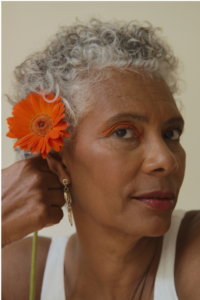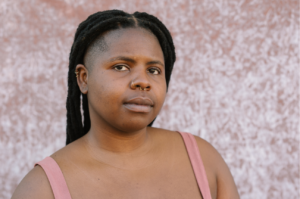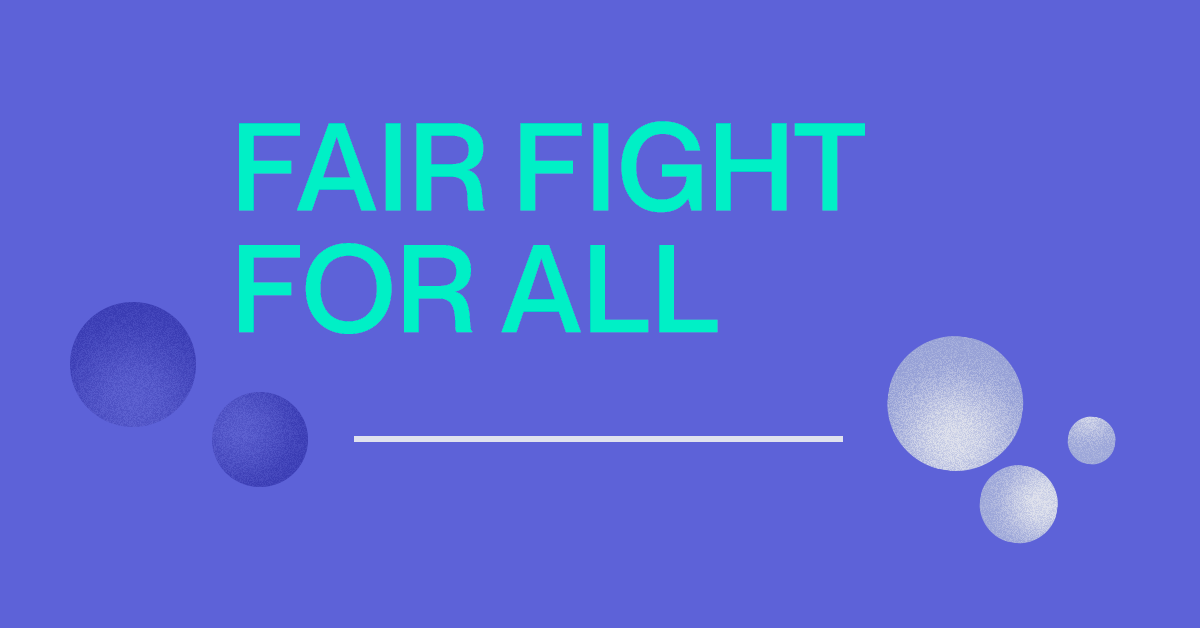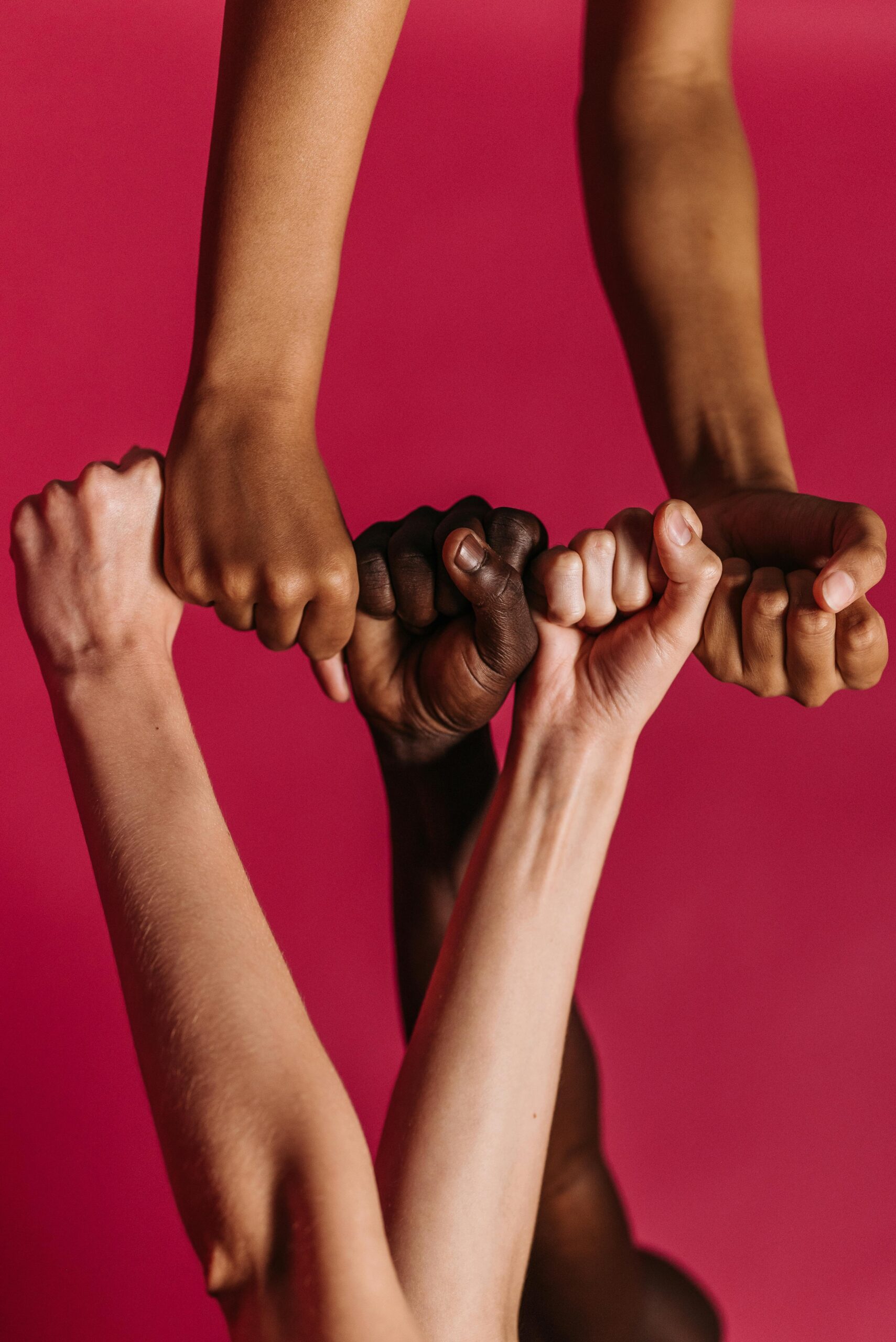October 29, 2024

By Yedidya Ebosiri
To speak of systemic inequalities is to speak of a jargon in which different concepts are intertwined, essential to understanding and deconstructing forms of oppression. Let’s talk about systemic inequalities, let’s talk about intersectionality.
What is it?
Intersectionality is an analytical prism in which various systems of oppression, such as racism and validism, intersect and reinforce each other.
Each factor – age, gender and physical ability, for example – is equally influential and can exacerbate discrimination.
An Afrofeminist theory, intersectionality states that the oppression experienced by an individual is determined by the amalgam of aspects that make up his or her identity. Gender, class, religion, race and so on: the juxtaposition and plurality of individual characteristics dictate experiences of privilege and oppression. For example, a racialized man of Muslim faith experiences systemic discrimination differently from a white woman with a physical disability.

Intersectional analysis therefore recognizes the dynamic and simultaneous interaction of the elements that make a person who they are socially, and de facto opposes the standardization of experiences. Each factor – age, gender and physical ability, for example – influences the other equally, and can exacerbate the discrimination experienced. Indeed, intersectionality rejects the hierarchization of systems of domination; rather, it argues that the struggle against various forms of oppression is only possible by addressing their complex interactions and cumulative effects on individuals. Today, the theory of intersectionality is a concept favored by activists and academics alike to highlight the nuanced articulation of multiple inequalities.


Although Crenshaw theorized the concept, intersectionality has its roots in the post-slavery American context evoked in various works.
Where does it come from?
The term was first used by the American Afro-feminist, professor and jurist Kimberle Crenshaw. In 1989, she wrote an analysis of lawsuits relating to discrimination in the workplace, paying particular attention to the double discrimination experienced by black women: that relating to their gender, coupled with systemic racism. Although Crenshaw theorized the concept, intersectionality has its roots in the post-slavery American context evoked in various works including Angela Davis’s Women, Race and Class.

Thanks to this body of work, the total invisibilization of racialized and marginalized women in the feminist movements of the 1970s has been brought into the spotlight. Indeed, the mainstream feminist movement of the time was formulated and established by white women, often from affluent backgrounds. However, this current, which called for women’s emancipation, overlooked the violence of the daily lives of their black counterparts, who were simultaneously the prey of racism and sexism. Thus, Crenshaw’s intersectionality highlights the inseparable nature of these two systems of domination, and underlines the particularity of invisible situations. Today, contemporary research is focused on creating an intersectional tool to reform social justice policies and anti-discrimination strategies. The aim is to produce intersectional knowledge and use this knowledge in political struggles.
Is there a difference of opinion on this issue?
Yes, even if the injustice experienced by minority groups is at the heart of the intersectional approach, intersectionality is not without its critics in academic and activist circles.
[…] Intersectional models need to be adapted and contextualized to accurately reflect local complexities.
As a fundamentally Anglo-Saxon concept, some question the universal scope of the theory, which originated in the American context. Theorist Jasbir K. Puar goes so far as to say that the application of intersectionality outside the Western framework is potentially a form of imperialism, because the theory’s categories of analysis ultimately derive from colonial agendas.

For Marxist feminists, intersectionality names the sites of domination, but fails to explain the origins of the dynamics of power and oppression. Marxist critique also rejects the absence of hierarchical systems of oppression: class prevails over gender and race.
Ultimately, intersectionality presents itself as a crucial analytical framework that highlights the complexity and interweaving of systems of domination.
These critics demonstrate the diversity of social realities and power dynamics across the globe, arguing that intersectional models need to be adapted and contextualized to accurately reflect local complexities.
How does it work in practice?
Today, insectionality lenses are worn in many contexts and by many organizations. Women’s Shelter Canada is a case in point, with its intersectional analysis of violence experienced by women and gender-diverse individuals. This grouping reveals that isolated and rural people, aboriginal populations, black people, migrants and people with disabilities are among the groups particularly vulnerable to violence.


On the other hand, the Fédération autonome de l’enseignement has published comic strips through the prism of intersectionality. These works illustrate the multiple forms of discrimination that can coexist and act simultaneously. Currently, the Gender-Based Analysis Plus (GBA Plus) tool developed by the Canadian government is a first step towards the systemic application of the intersectional approach. This tool aims to assess systemic inequalities by producing intersectional data “focused on the intersecting processes by which power and inequity are produced and reproduced.” (Government of Canada, 2023).
[…] its growing adoption in various sectors demonstrates a collective desire to promote a more inclusive and equitable society.
What’s next?
Ultimately, intersectionality presents itself as a crucial analytical framework that highlights the complexity and intertwining of systems of domination. This approach, pioneered by Kimberle Crenshaw and enriched by other thinkers such as Angela Davis, reveals how an individual’s multiple identities influence their experiences of privilege and oppression. Although criticized for its contested universal application, intersectionality remains an essential tool for transforming social justice policies and strengthening anti-discrimination struggles worldwide. Today, its growing adoption in various sectors demonstrates a collective will to promote a more inclusive and equitable society, where each individual is fully recognized in his or her intersectional complexity.

Sources :
- Maillé, C. (2022). Intersectionnalité. In Encyclopédie Canadienne. Spotted at https://www.thecanadianencyclopedia.ca/fr/article/intersectionnalite
- Bilge, S. (2009). Théorisations féministes de l’intersectionnalité. Diogène, 225, 70-88. https://doi.org/10.3917/dio.225.0070
- Agence de la santé publique du Canada – Public Health Agency of Canada. (2022). Comment intégrer la théorie de l’intersectionnalité dans les analyses quantitatives d’équité en santé? : Une revue rapide et liste de vérification de pratiques prometteuses.
- Centre de collaboration nationale des déterminants de la santé. (2022). L’intersectionnalité : Parlons-en. Antigonish (N.-É.) : CCNDS, Université St. Francis Xavier.

Yedidya Ebosiri
Editor-in-Chief
As an eternal student, Yedidya is currently pursuing a graduate degree in public health after completing a bachelor's degree in kinesiology.
Her professional interests are rooted in the fight against social inequalities in health; she dreams of a healthier, fairer, greener world. In the meantime, she draws from her Congolese roots to advocate for a free and feminist Africa.
As a tutor for illiterate clients and a longtime mental health advocate, her intellectual curiosity and interpersonal skills characterize her emerging professional journey. Formerly an editor for a university newspaper, she continues to nurture her passion for journalism and looks forward to putting her writing skills at the service of her community. To her, Sayaspora embodies black excellence and social innovation, which is why she takes pride in contributing to the magazine's outreach.
Similar articles

January 20, 2025

November 12, 2024



